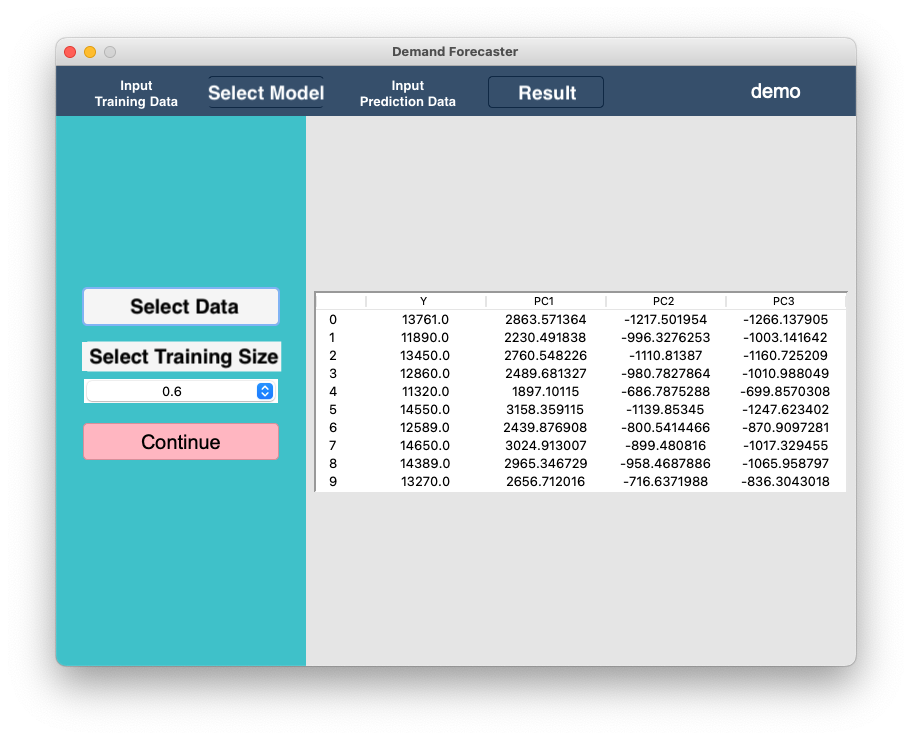Advisor: Prof. Chien-Wei Wu
Co-authors: Ying-Tung Yeh, Lucy Lin
Abstract
The advent of the 5G era has ushered in accelerated growth in AI, IoT, and autonomous vehicles. Taiwan, being a crucial entity in the global manufacturing supply chain, is witnessing a burgeoning semiconductor industry in response to these technological advancements. Nonetheless, this industry is substantially dependent on imported raw materials, a dependency that exposes it to potential disruptions due to external factors like trade conflicts or global crises such as the COVID-19 pandemic. Thus, the imperative need arises for precise demand forecasting of these raw materials to prevent potential shortages and relieve inventory stress.
Our research project endeavors to integrate time series analysis with machine learning techniques to predict the demand of semiconductor raw materials for a specific mobile product manufactured by a semiconductor company. The objective is to find out the most appropriate forecasting model and to construct an intuitive, user-friendly interface for practical implementation. Through our efforts, we aim to fortify the supply chain of Taiwan’s semiconductor industry in this era.
Methods
Data Preprocessing
- Principal Component Analysis
Time Series Data Analysis
- Simple Moving Average
- Simple Exponential Smoothing
- Autoregressive Models
- Autoregressive Integrated Moving Average model
Machine Learning
- Random Forests
- Multiple Linear Regression
- Nonlinear Regression
- Adaptive Boosting
- Support Vector Machine
Graphical User Interface
 Once users have chosen their specific files for training, we provide the flexibility for them to select their preferred train-test split strategy.
Once users have chosen their specific files for training, we provide the flexibility for them to select their preferred train-test split strategy.
 Upon users entering their data into the platform, we will apply four distinctive methodologies to train the data. Subsequently, parameters for each model will be automatically optimized. The platform will then generate the best-performing models from each method for user selection.
Upon users entering their data into the platform, we will apply four distinctive methodologies to train the data. Subsequently, parameters for each model will be automatically optimized. The platform will then generate the best-performing models from each method for user selection.
 After generating the best-performing models, we present the MAPEs of each model as performance measures for users to decide which model to use for final forecasting.
After generating the best-performing models, we present the MAPEs of each model as performance measures for users to decide which model to use for final forecasting.


